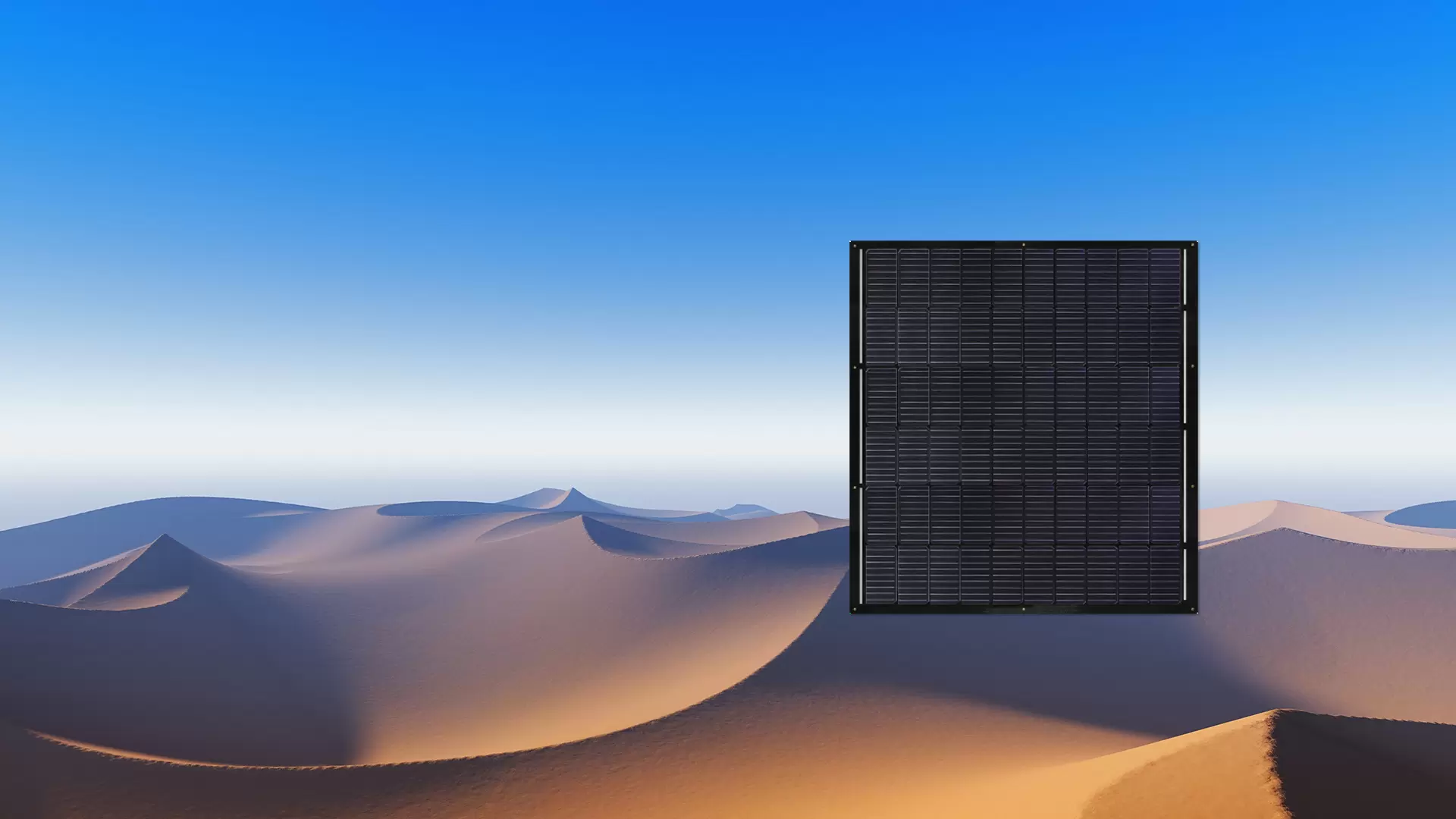- This topic is empty.
-
AuthorPosts
-
2025-04-09 at 3:18 pm #24768
In today’s evolving energy landscape, solar power continues to lead the transition toward clean, efficient, and decentralized energy solutions. One innovation gaining increasing attention is the semi flexible solar module — a hybrid design that bridges the gap between rigid and fully-flexible solar panels. RENOPI (Shenzhen) New Energy Technology Co., Ltd. is at the forefront of this evolution, offering high-performance semi-flexible modules engineered for versatility and durability.

What Is a Semi Flexible Solar Module?
A semi flexible solar module is a lightweight photovoltaic panel capable of bending to a certain degree—typically up to 30 degrees—without compromising its structural integrity or electrical performance. Unlike rigid glass-based panels, which require flat, stable surfaces and mounting systems, semi-flexible modules are designed to adapt to slightly curved or irregular surfaces such as:
-
RV and camper roofs
-
Yacht and marine decks
-
Portable power stations
-
Off-grid or temporary setups
This unique flexibility opens up new opportunities for solar integration in mobile and unconventional applications, without sacrificing too much efficiency.
Key Structural Features
RENOPI’s semi flexible solar modules are designed with an emphasis on reliability, efficiency, and ease of use. Their structural features include:
-
Moderate Flexibility: The panel can bend up to 30 degrees, enabling installation on uneven or curved surfaces.
-
Lightweight Build: Eliminates the need for heavy mounting hardware, reducing installation time and labor costs.
-
Slim Profile: Ideal for space-limited or aerodynamic-sensitive applications like boats and vehicles.
-
Durable Outer Layer: The top layer is typically coated with ETFE (Ethylene Tetrafluoroethylene), a highly transparent, UV-resistant material that improves light transmittance and longevity.
Comparison with Rigid and Fully Flexible Modules
Feature Rigid Module Semi-Flexible Module Fully Flexible Module Flexibility None Limited (up to ~30°) High (can be rolled or folded) Weight Heavy (glass + aluminum) Medium (no glass, thin construction) Very light Durability High, but prone to shatter High, with ETFE coating Medium, requires careful handling Installation Surface Flat only Flat or gently curved Almost any surface Typical Use Cases Rooftop, ground-mount RVs, boats, curved rooftops Wearables, backpacks, tents
Core Materials Used
RENOPI’s semi-flexible modules are manufactured using a combination of advanced materials that strike a balance between durability, efficiency, and flexibility:
-
ETFE Surface Film
-
Offers excellent UV resistance, weatherproofing, and light transmission
-
Self-cleaning and anti-corrosive properties extend product life
High-Efficiency Solar Cells
-
Typically monocrystalline for optimal energy conversion
-
Thin yet robust for flexible form-factor adaptation
PET or TPT Backsheet
-
Protects the module’s inner layers while maintaining bendability
-
Ensures resistance to mechanical stress and moisture
These material choices are critical in maintaining the electrical performance of the module under semi-flexible conditions and harsh outdoor environments.
As energy systems shift toward mobility and integration into daily life, semi flexible solar modules represent a smart and scalable solution. RENOPI (Shenzhen) New Energy Technology Co., Ltd. combines advanced materials and intelligent design to deliver modules that meet modern energy needs — portable, durable, adaptable, and efficient.
Whether for marine use, off-grid power, or mobile applications, RENOPI’s semi-flexible solar panels offer a compelling alternative to traditional modules, unlocking solar power where it was once difficult or impossible to implement.
https://www.renopi.com.cn/
RENOPI (Shenzhen) New Energy Technology Co., Ltd. -
-
AuthorPosts
- You must be logged in to reply to this topic.